Lore for the Su-47MB (Modernized Berkut):
Development History:
The Su-47MB, or "Modernized Berkut", was a derivative of the experimental Su-47 Berkut, Russia's iconic forward-swept wing (FSW) fighter. Introduced in the late 2010s, the Su-47MB was developed by Sukhoi as an expanded technology demonstrator to explore advanced aerodynamics, internal weapons bay integration, and the potential applications of forward-swept wings in multirole aircraft. While it retained the core design philosophy of the original Berkut, the Su-47MB incorporated significant modifications to test next-generation systems and configurations.
Design Features:
1. Airframe and Size:
The Su-47MB was larger and thicker than its predecessor, featuring a wider wing area for enhanced lift and stability at low speeds.
Its forward-swept wings (a hallmark of the Berkut) provided unmatched maneuverability, particularly at high angles of attack, and allowed tighter turn radii compared to conventional wing designs.
Despite some stealth enhancements, such as reduced radar cross-section from smoother paneling and radar-absorbing materials on key surfaces, stealth was not a primary focus.
- Weapons and Payload:
The aircraft featured 6 external pylons (3 on each wing) for air-to-air missiles, guided bombs, or external fuel tanks. These external hardpoints prioritized versatility over low observability.
An internal weapons bay housed 5 pylons, primarily used to carry advanced air-to-air missiles and precision-guided munitions, reducing drag and partially enhancing stealth characteristics.
- Performance:
Powered by upgraded twin AL-41F1 engines with thrust-vectoring capability, the Su-47MB demonstrated improved thrust-to-weight ratios and supermaneuverability, similar to its cousin, the Su-57.
The forward-swept wing configuration and larger airframe allowed it to carry heavier payloads while retaining superior agility in dogfights.
- Cockpit and Avionics:
The single-seat cockpit featured advanced fly-by-wire controls, an upgraded HUD, and experimental avionics designed to test AI-assisted flight systems.
Its radar suite was based on the prototype of a PESA/AESA hybrid, allowing tracking of multiple targets simultaneously, though less sophisticated than the Su-57.
Purpose and Role:
The Su-47MB was not intended for operational deployment but rather served as a technology demonstrator to refine and validate concepts for future combat aircraft. Its roles included:
Testing internal weapon bays for Russian fighters, a precursor to the Su-57.
Exploring aerodynamic advantages and structural stresses of forward-swept wings on a larger airframe.
Serving as a platform to test new avionics and weapon integration for multirole applications.
Challenges and Cancellation:
The Su-47MB faced several hurdles during its development:
Structural Limitations: The forward-swept wing configuration, while highly maneuverable, required advanced composite materials to manage stresses, significantly increasing production costs.
Stealth Shortcomings: Despite minor stealth features, the design lagged behind stealth-dedicated platforms like the Su-57 and its Western counterparts.
Shifting Priorities: The rise of stealth-focused multirole fighters and drones reduced interest in niche aircraft like the Su-47MB. Its high cost and complexity rendered it impractical for mass production.
By the early 2020s, the program was shelved in favor of more cost-effective and stealth-oriented platforms.
Legacy:
While the Su-47MB never saw operational service, it played a pivotal role in advancing Russian aviation technology. Lessons learned from its aerodynamics and weapons integration influenced the development of later-generation fighters, including the Su-57 and beyond. The Su-47MB is remembered as a bold experiment that bridged the gap between Russia’s experimental aircraft and its operational 5th-generation fighters.
Features:
• 6 on wing pylons 5 pylons inside the bays (unusable)
• idk why but flys extremely bad at low but mildly good at max speed
• wings are bad they start clipping when pulling hard
• used to be Su-47 but again wrong proportions and stuff
That's about it, I'm back boi ;)
Specifications
General Characteristics
- Created On Android
- Wingspan 22.8ft (7.0m)
- Length 33.7ft (10.3m)
- Height 8.0ft (2.4m)
- Empty Weight 5,335lbs (2,420kg)
- Loaded Weight 21,711lbs (9,848kg)
Performance
- Power/Weight Ratio 10.868
- Wing Loading 112.6lbs/ft2 (550.0kg/m2)
- Wing Area 192.7ft2 (17.9m2)
- Drag Points 2744
Parts
- Number of Parts 115
- Control Surfaces 6
- Performance Cost 630

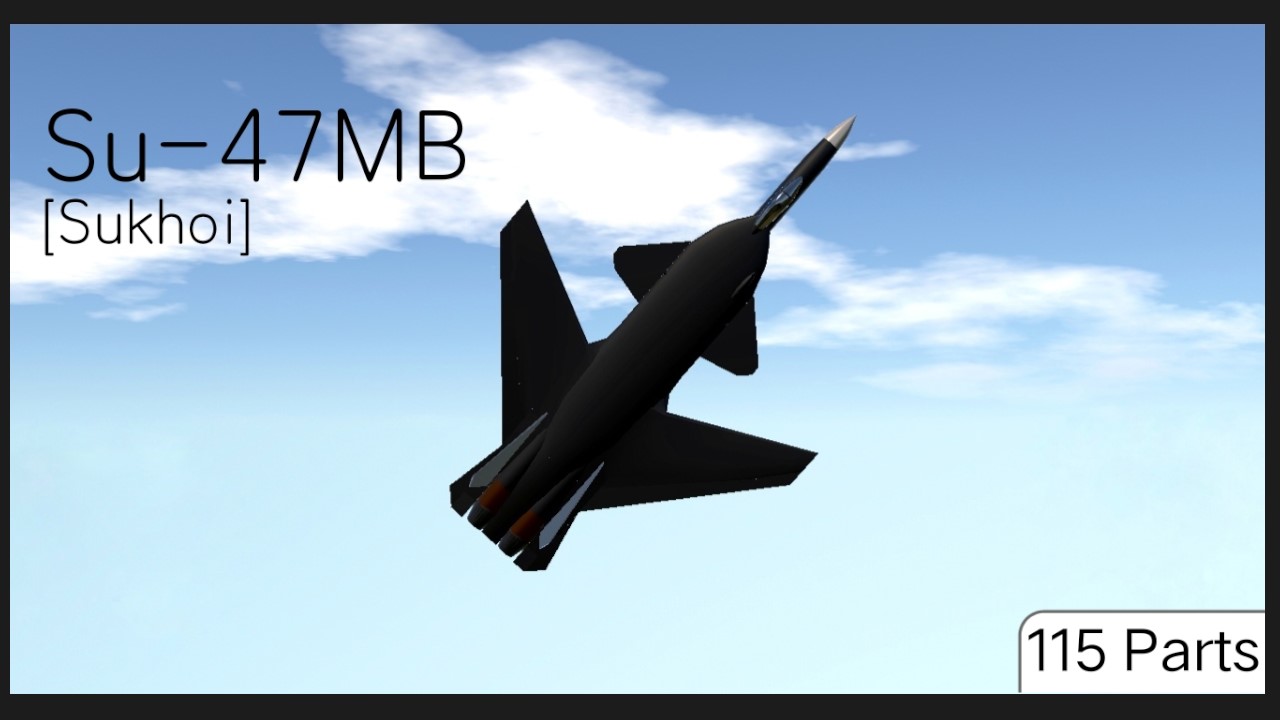
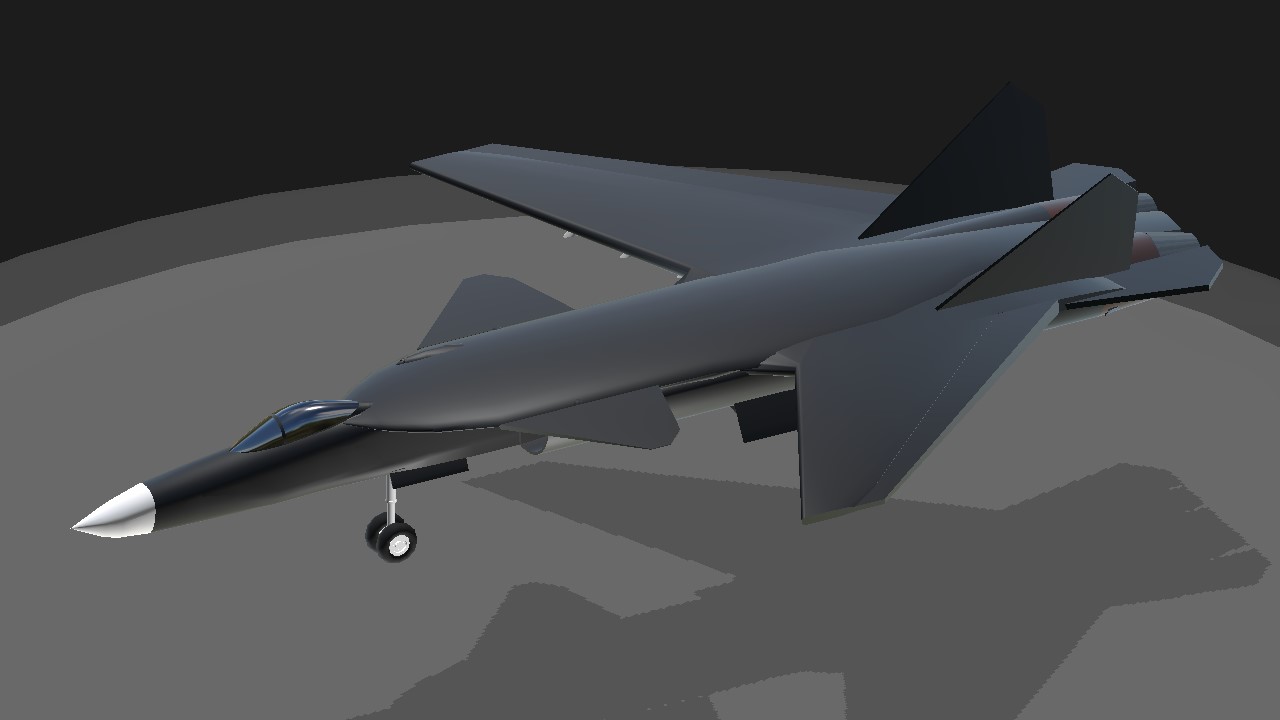
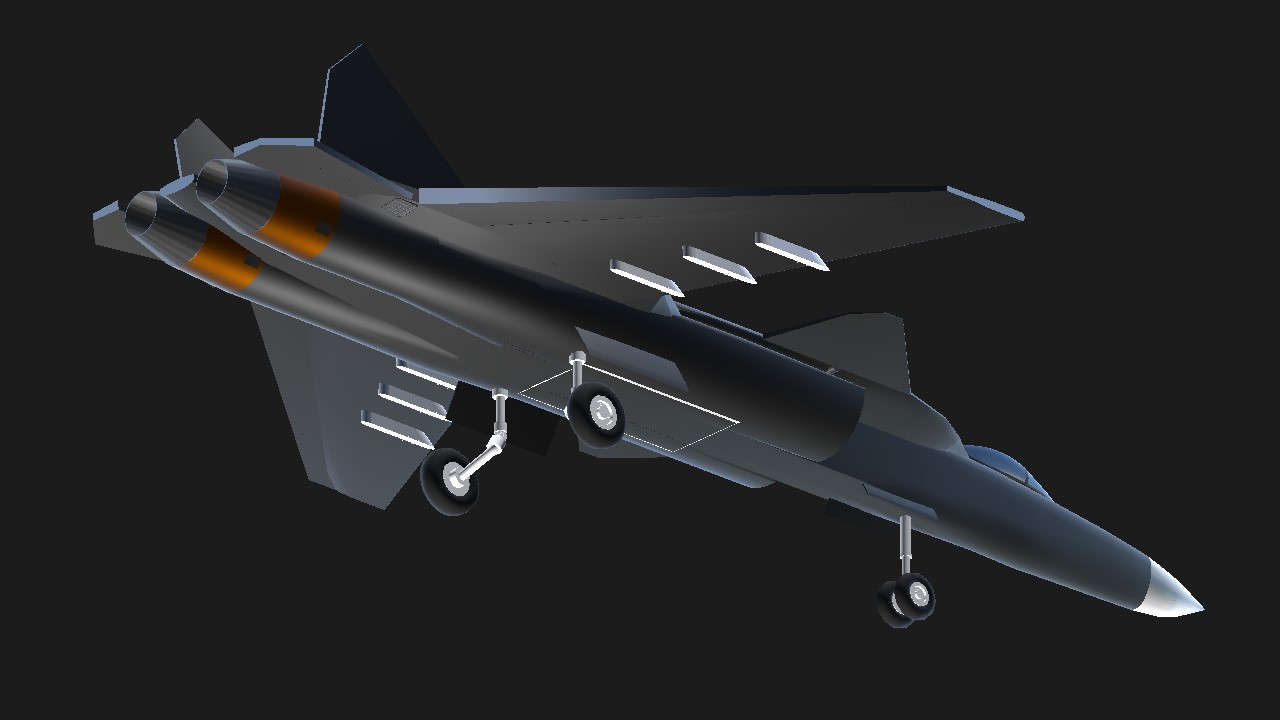
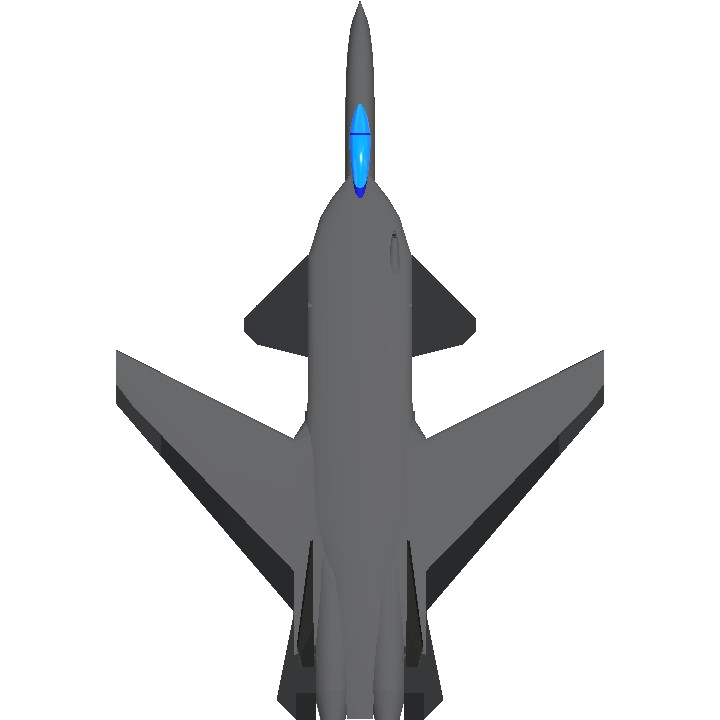
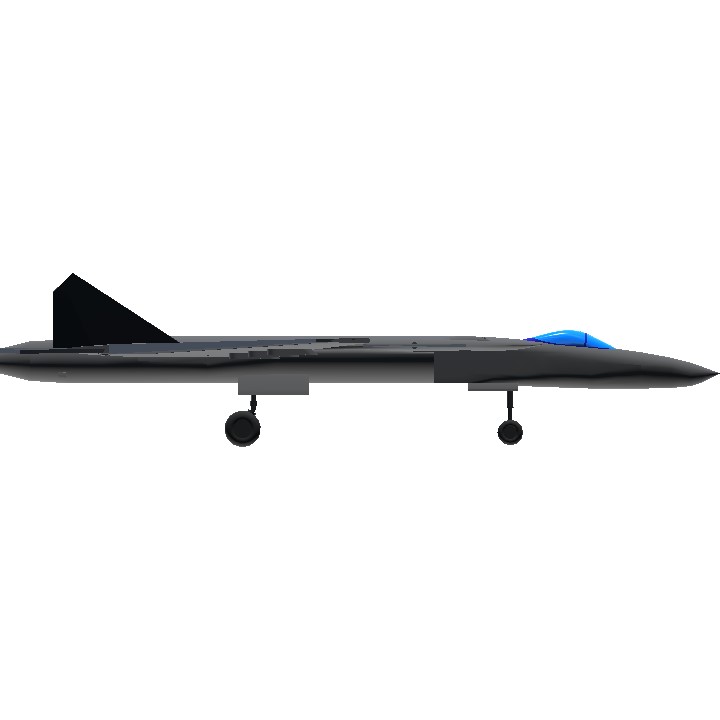
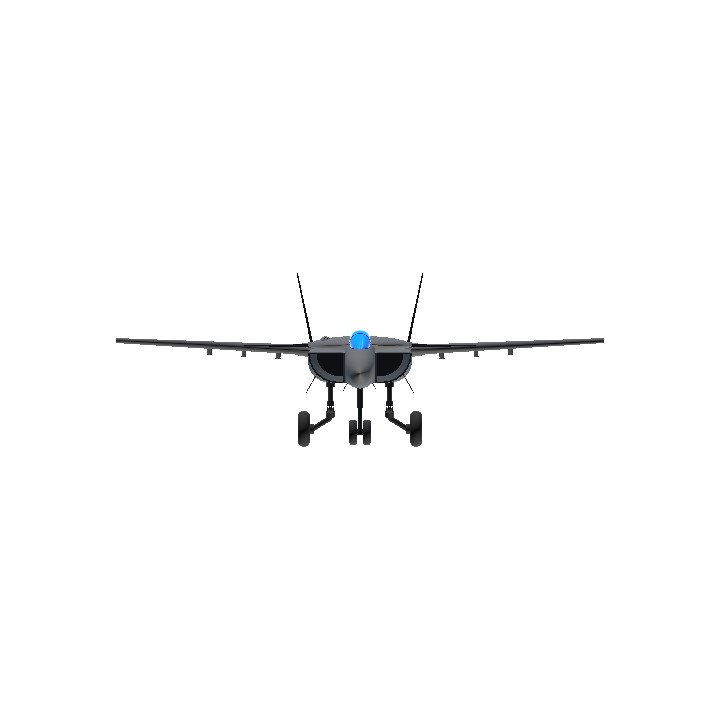
@Mitterbin thanks
I like this plane
@Mahoots lol 😂
"Oreo thins"